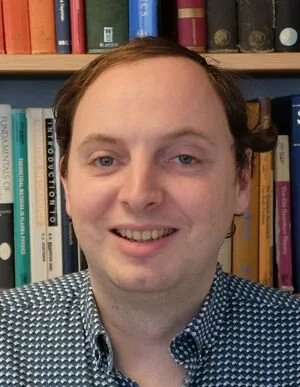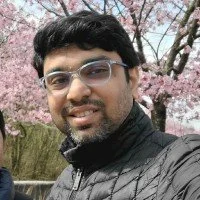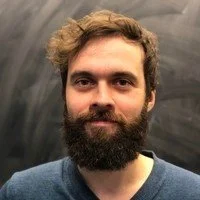ABOUT
Quantum materials is an umbrella term that describes the broad class of solids whose physical properties are strongly influenced by enhanced quantum effects, including quantum magnets, superconductors and topological electronic materials. They often have striking functional properties, such as superconductivity, spin-polarised electron transport, and a variety of enhanced cross-coupling phenomena including magnetotransport, multiferroic and magnetocaloric effects. Exploratory research that seeks to explain why quantum materials exhibit their special characteristics is important for developing new materials with desirable properties for applications ranging from energy efficiency and information technology, to electronics and spintronics. Scattering techniques play a major role in quantum materials research because they give direct and clean experimental access to the underlying response functions that characterise electronic correlations.
This Theme will bring together experimentalists and theoreticians with common interests in quantum materials to identify new opportunities in quantum materials research at the ESS and MAX IV.
HAPPENING IN THEME
CORE GROUP
WORKING GROUPS FOR QMAT
QMat Working Group 1
Ab initio modelling
This working group explores how ab initio modelling of quantum materials can be exploited in the interpretation of neutron and synchrotron x-ray experiments (neutron diffraction and spectroscopy, RIXS, ARPES). The power of first principles methods (e.g., DFT, DMFT) has increased enormously in recent years, enabling the calculation of spin exchange interactions, spin waves, topological electronic bands, and more, and software is becoming available to enable users to perform calculations on their own systems. The aim of the working group is to learn about these new capabilities and how they can help solve scientific challenges alongside neutron and x-ray experiments.
QMat Working Group 2
Strong electronic quantum correlations
This working group covers the wide range of different quantum phenomena that occur in crystalline solids with strongly interacting electrons. For example, quantum spin liquids, magnetic frustration, unconventional superconductivity, entanglement, etc. The group will learn about the latest advances in quantum phenomena, seek testable predictions from theoretical models, and identify real-world materials that can be used to test the predictions. On the experimental side, relevant techniques include inelastic neutron scattering and resonant inelastic x-ray scattering.
QMat Working Group 3
Topological quantum materials
This working group brings together experimentalists and theoreticians interested in topological effects in quantum materials, such as topological electronic and magnon bands, and topological magnetic textures (e.g. skyrmions). The aim is to identify opportunities for experiments that can test theoretical predictions. Currently, there are many predictions which have yet to be realised experimentally, and the search for suitable materials, especially magnetically ordered materials, which realise the predicted characteristics will be an important topic for the working group. Relevant experimental techniques are angle-resolved photoemission (ARPES), neutron diffraction (polarised and unpolarised), neutron spectroscopy, and small-angle neutron and x-ray scattering.






















Quantum Materials: Linking theory and experiments at LINXS, ESS and MAX IV: Core Group Leader, Leader of WG 3 – Topological quantum materials, LINXS Fellow
Professor, Department of Physics, University of Oxford, UK.
Andrew is a Professor of Physics at the University of Oxford, a Tutorial Fellow of Oriel College, and Associate Head of the Department of Physics. He is an experimentalist with broad interests in the fundamental properties of quantum materials, especially superconductors, magnetic materials, and topological semimetals. His group uses neutron and synchrotron x-ray scattering techniques to investigate novel electronic ground states and associated physical phenomena.